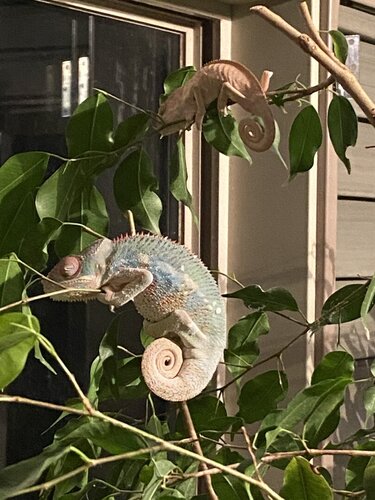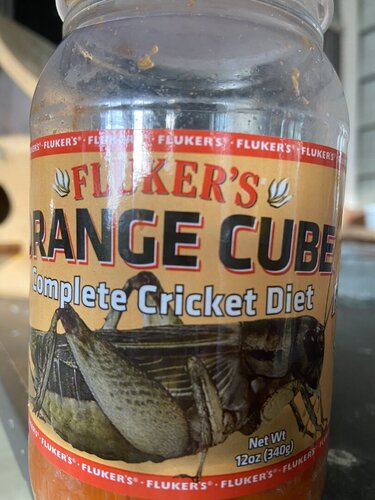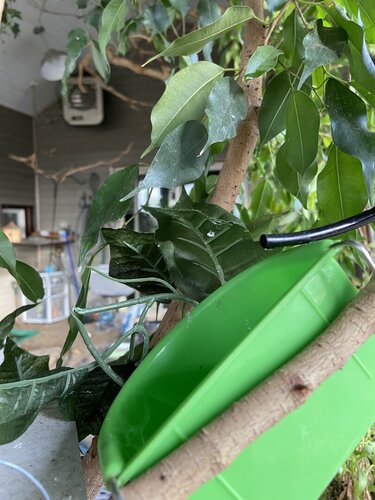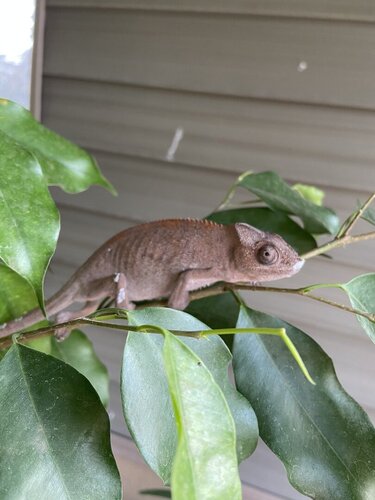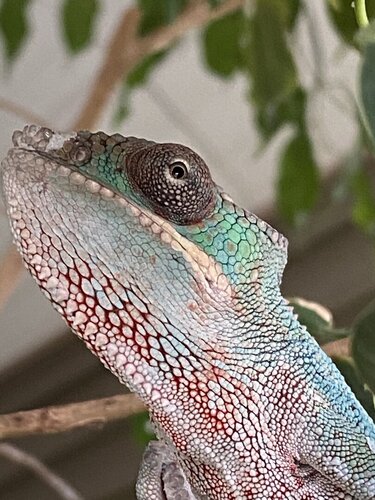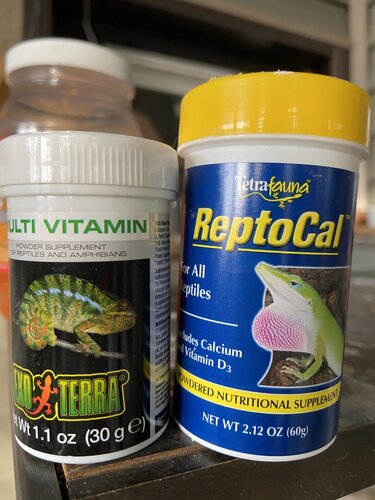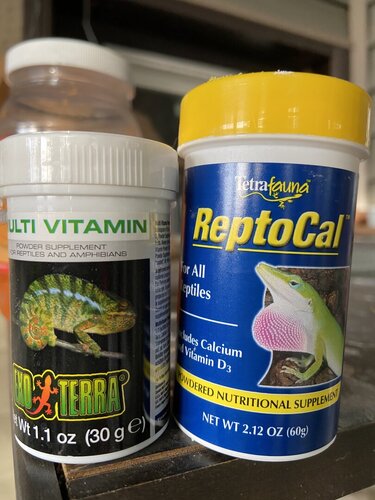How much and how often should you feed your chameleon? This is a popular question, and one you should you definitely ask. It's going to depend on how old your chameleon is.
Here are some general guidelines:
Baby less than 3 months: As much as they will eat 2x a day
Juvenile 3-9 months: 8-12 feeders 1x day in the morning
Adult 12+ months: 3-5 feeders every other day in the morning
Keep in mind that every chameleon is different and there will be variations. As long as your chameleon continues to grow at a healthy rate as a baby, and isn't overweight as an adult you're probably okay.
Here are some general guidelines:
Baby less than 3 months: As much as they will eat 2x a day
Juvenile 3-9 months: 8-12 feeders 1x day in the morning
Adult 12+ months: 3-5 feeders every other day in the morning
Keep in mind that every chameleon is different and there will be variations. As long as your chameleon continues to grow at a healthy rate as a baby, and isn't overweight as an adult you're probably okay.




